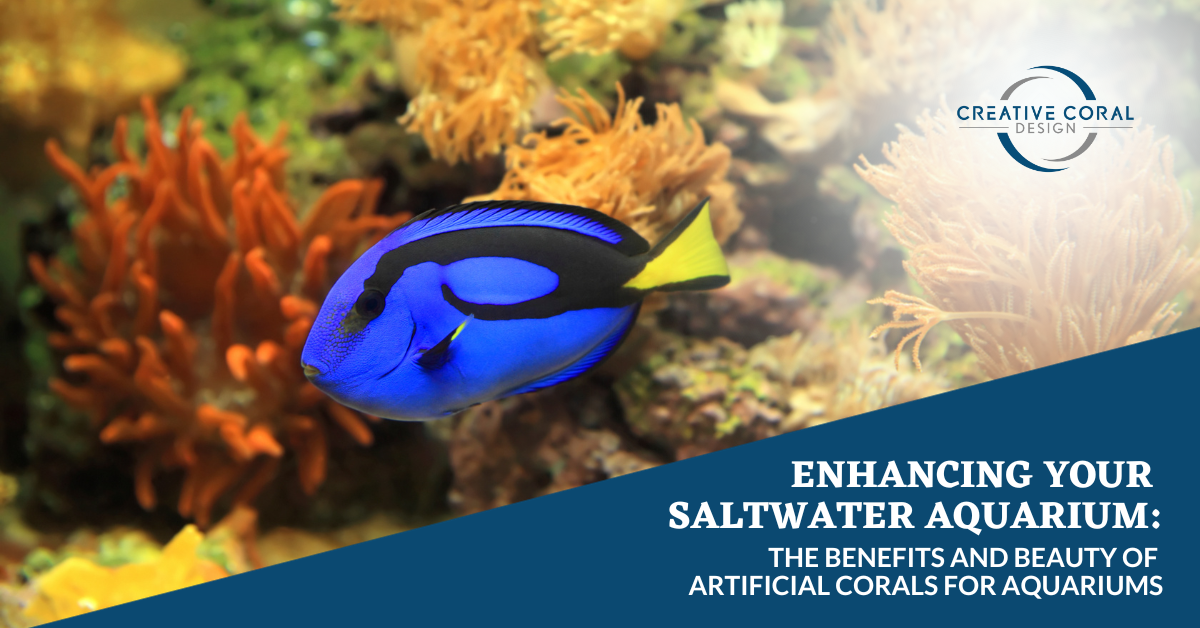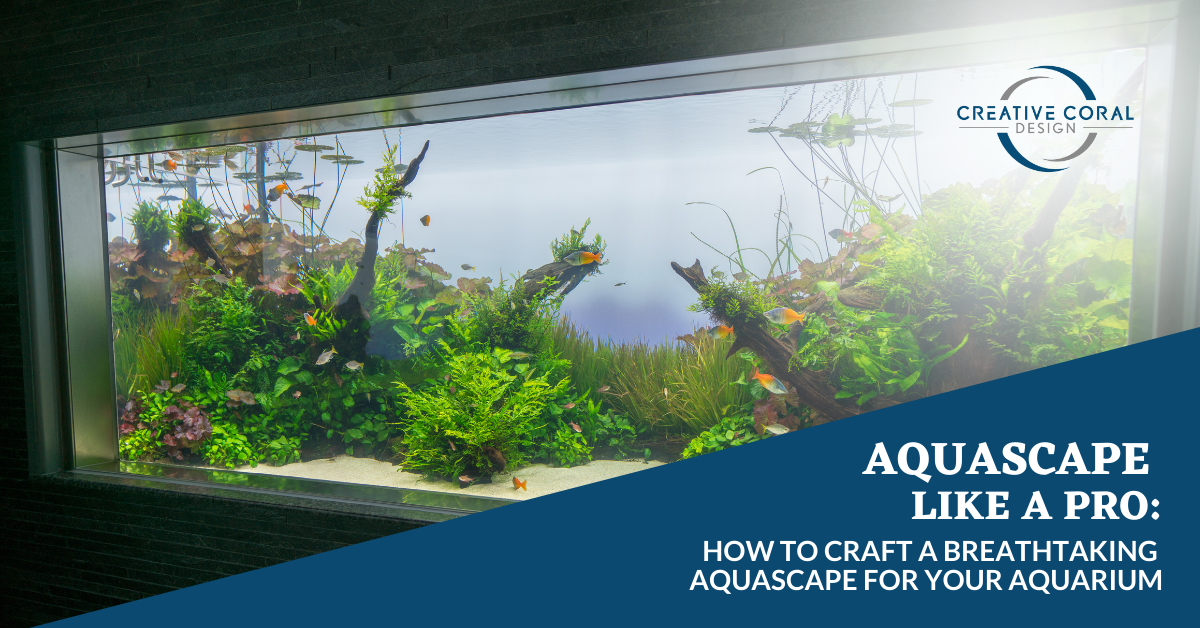Having a thriving fish tank is a rewarding experience, but it also comes with the responsibility of ensuring the health and well-being of your aquatic inhabitants. Fish diseases can be a major setback for any fish keeper. However, with the right knowledge and preventive measures, you can significantly reduce the risk of common diseases and maintain a healthy fish tank. In this article, we will explore essential tips and techniques to prevent common diseases and keep your fish happy and vibrant.
Table of Contents
Understanding Common Fish Diseases
Before delving into preventive measures, it’s important to familiarize yourself with common fish diseases. Understanding their causes, symptoms, and potential consequences will enable you to take the necessary precautions to keep your fish healthy and prevent outbreaks. Some of the most common fish diseases include:
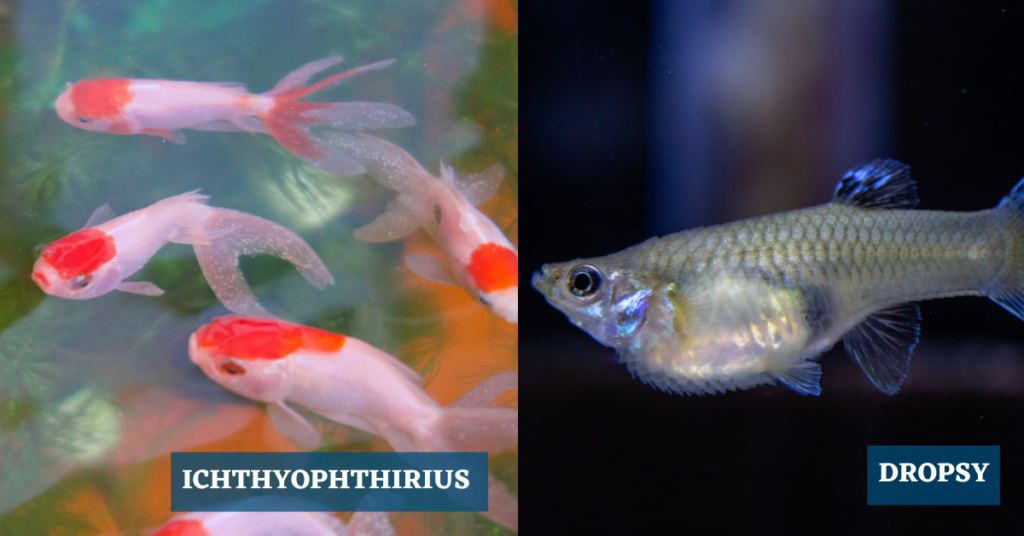
Ichthyophthirius (Ich)
“Ich”, also known as white spot disease, is caused by a parasitic organism that affects many types of fish. It presents as small white spots on the fish’s body and fins.
Fin Rot
Fin rot is a bacterial infection that primarily affects the fins and tails of fish. It can be caused by poor water quality, stress, or injuries.
Dropsy
Dropsy is a condition characterized by the accumulation of fluid in a fish’s body cavity. It is often a symptom of an underlying disease or organ failure.
Velvet Disease
Velvet disease is caused by a parasitic protozoan that appears as a fine yellow or gold dust on the fish’s body and fins.
Swim Bladder Disorder
Fish with swim bladder disorder struggle with buoyancy and may have difficulty maintaining their position in water.
Mouth Fungus
A fungal infection affecting the mouth area, causing ulcers and tissue erosion.
Creating an Optimal Environment
Setting up a suitable tank environment is the foundation of fish health. Here are essential tips to consider:
Proper water parameters: Maintaining stable water conditions is crucial. Test and monitor the water quality regularly, including pH, ammonia, nitrite, and nitrate levels. Adjust these parameters as necessary to keep them within the recommended ranges for your fish species.
Appropriate tank size and filtration system: Choose a tank size suitable for the species you wish to keep. A well-functioning filtration system is vital to remove toxins and ensure proper circulation in the tank. Match the filter capacity to the tank size for optimal filtration efficiency.
Maintaining the right temperature: Different fish species have specific temperature requirements. Research the preferred temperature range for your fish and use a reliable heater and thermometer to maintain a stable and appropriate temperature.
Selecting Healthy Fish
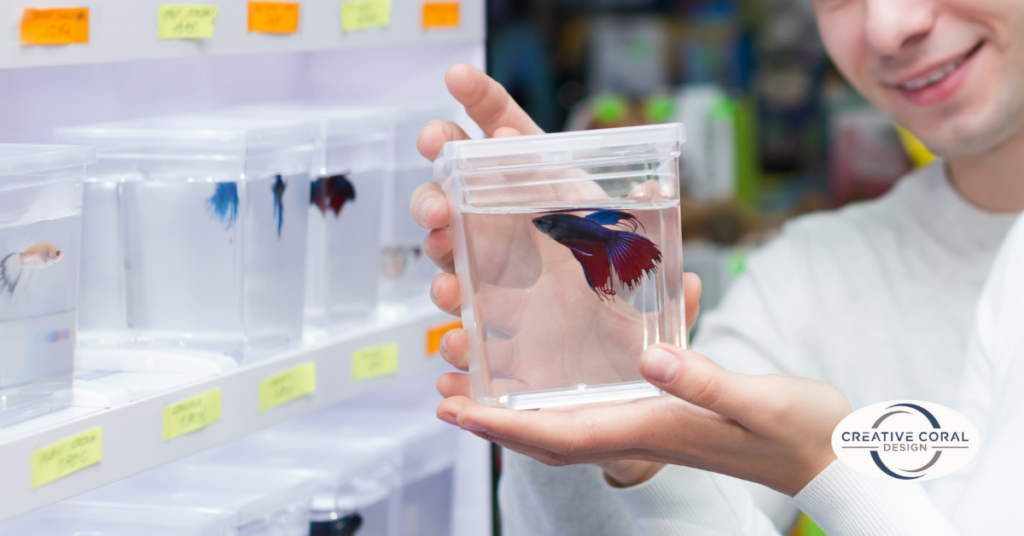
Choosing healthy fish from the start is essential in preventing diseases from entering your tank. Consider the following guidance:
Observing fish behavior and appearance: Observe the fish’s behavior and appearance before purchasing. Healthy fish exhibit active swimming, clear eyes, and intact fins. Avoid fish that appear lethargic, have clamped fins, or display abnormal behavior.
Avoiding fish with visible signs of illness: Carefully inspect the fish for any signs of disease, such as spots, lesions, or discoloration. Refrain from buying fish that show evident signs of illness, as they can introduce diseases to your tank.
Quarantine – An Important Preventive Measure
Implementing a quarantine period for new fish is a highly effective way to prevent the spread of diseases. Follow these steps:
1. Setting up a quarantine tank
Prepare a separate tank with similar water parameters and filtration as your main tank. The quarantine tank should be bare-bottomed and devoid of any substrate or decorations that can harbor pathogens.
2. How long to quarantine new fish
Quarantine new fish for a minimum of 2 to 4 weeks. During this period, observe the quarantined fish closely for any signs of illness. This practice ensures that any potentially contagious diseases are identified before introducing the new fish to the main tank.
Feeding and Nutrition
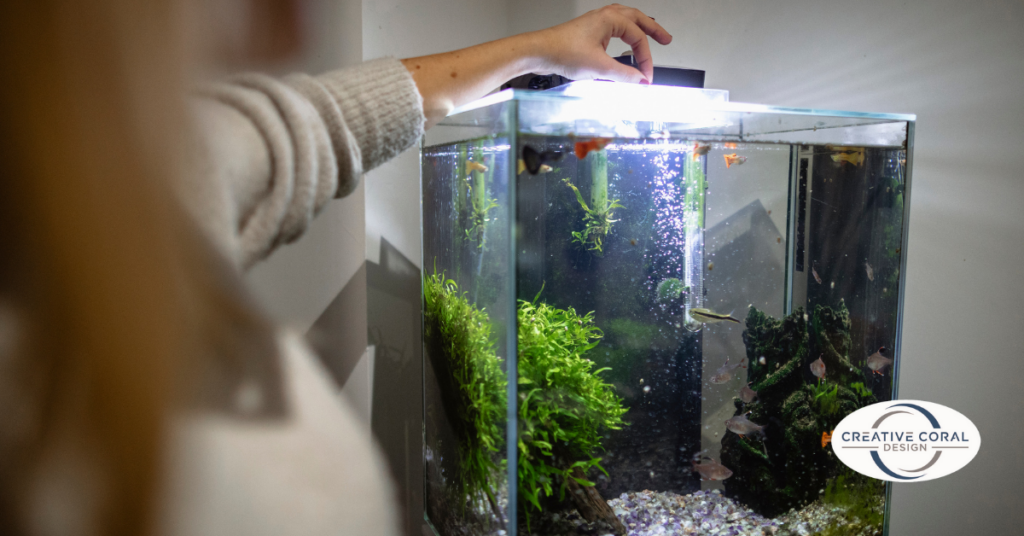
A balanced and nutritious diet plays a significant role in preventing diseases. Consider these feeding guidelines:
Choosing high-quality fish food: Opt for high-quality fish food that meets the specific dietary requirements of your fish species. Different fish have varying nutritional needs, so research and select appropriate food accordingly.
Recommended feeding habits and frequency: Feed your fish appropriate portions and avoid overfeeding, as uneaten food can contribute to poor water quality. Follow the manufacturer’s recommendations and adjust the feeding schedule based on your fish’s appetite and growth.
Regular Water Maintenance
Maintaining excellent water quality is crucial for fish health. Follow these water maintenance practices:
1. Regular water changes
Perform regular partial water changes to remove accumulated toxins and maintain a clean and balanced tank environment. The frequency and volume of water changes depend on the tank size, fish population, and water parameters.
2. Keeping water quality in check
Test the water regularly for parameters such as ammonia, nitrite, nitrate, and pH levels. Monitor the values and take appropriate actions, such as water changes and adjustments, to ensure a healthy environment.
3. Monitoring ammonia and nitrate levels
Ammonia and nitrate are toxic to fish. Keep ammonia levels at zero, and nitrate levels below 20-40 ppm (parts per million). Consistently monitor and address any spikes or imbalances in these parameters.
Avoid Overcrowding
Overcrowding can lead to stress, poor water quality, and increased susceptibility to diseases. Understand the negative effects and follow these guidelines:
Stress and susceptibility to diseases: Overcrowded tanks experience increased stress levels among fish, making them more vulnerable to diseases. Inadequate swimming space and intensified competition for resources can compromise their immune system.
Ideal stocking guidelines: Research the mature size and social behavior of your fish species. Consider their specific requirements for swimming space and territorial needs when determining how many fish can comfortably coexist in your tank. Aim to maintain a harmonious balance.
Preventing Stress in Fish
Reducing stress is crucial in maintaining fish health. Implement the following techniques:
1. Providing suitable hiding spots
Incorporate suitable hiding spots, such as caves, plants, or decor, into your tank. These sheltered areas offer places for fish to retreat, reduce aggression, and alleviate stress.
2. Maintaining consistent and appropriate lighting
Establish a regular lighting schedule and ensure it mimics the natural day-night cycle for your fish. Avoid sudden changes, as they can cause stress and disrupt their biological rhythms.
3. Minimizing sudden changes in the tank environment
Gradually introduce new additions or changes to the tank, such as new decor or tankmates. Sudden changes in parameters, temperature, or environment can induce stress and increase the risk of diseases.
Observation and Early Detection
Regular observation is key to identifying potential health issues in your fish. Learn to recognize common symptoms.
Familiarize yourself with the signs of common fish diseases, such as unusual behavior, loss of appetite, spots or lesions on the body, fin deterioration, or abnormal swimming patterns. Early detection allows for prompt action.
If you notice concerning signs, immediately isolate the affected fish in a quarantine tank and consult a veterinarian specializing in fish health. Do not delay seeking professional guidance as early intervention improves the chances of successful treatment.
Treating Diseases
In the unfortunate event of a disease outbreak, follow these tips:
1. Quarantine and specific medications
Isolating the affected fish in a quarantine tank prevents the spread of disease to other tank inhabitants. Consult with a fish veterinarian to diagnose the specific disease and recommend appropriate medications for treatment.
2. Consulting a veterinarian specializing in fish
Seek professional advice from a veterinarian experienced in fish health. They can provide accurate diagnoses, recommend suitable treatments, and guide you through the proper administration of medications for your fish.

Conclusion
Preventing fish diseases requires a proactive approach and consistent care. By creating an optimal tank environment, selecting healthy fish, practicing quarantine measures, providing a nutritious diet, maintaining water quality, avoiding overcrowding, minimizing stress, and regularly observing fish for potential health issues, you can greatly reduce the risk of diseases and maximize the well-being of your aquatic companions.
Remember, prevention is key. By implementing these essential tips, you’ll not only provide a healthy living space for your fish but also enhance your own enjoyment as a fish keeper. With perseverance, knowledge, and a genuine love for your fish, you can navigate the challenges of fish diseases and enjoy the beauty of a vibrant and disease-free aquarium.
FAQs
Quarantining new fish is an important preventive measure to avoid introducing diseases into your main tank. A quarantine period of at least 2 to 4 weeks is recommended before adding new fish to your established aquarium.
While proper care significantly reduces the risk of fish diseases, it is impossible to prevent all diseases entirely. However, by implementing preventive measures, you can greatly minimize the chances of outbreaks and keep your fish in good health.
Yes, regular testing of your tank water is crucial to ensure the optimal parameters for fish health. Regular water tests for ammonia, nitrite, nitrate, pH, and other parameters help you maintain a stable and healthy environment for your fish.
If you notice early signs of fish illness, it is important to take swift action. Isolate the affected fish in a quarantine tank, and consider consulting a veterinarian specializing in fish health for a proper diagnosis and treatment plan.
It is generally recommended to seek professional advice when treating fish diseases. Home remedies may not always be effective or appropriate for specific diseases, and using the wrong treatment can potentially harm your fish. Consulting an expert or veterinarian ensures proper care and treatment for your fish’s well-being.





